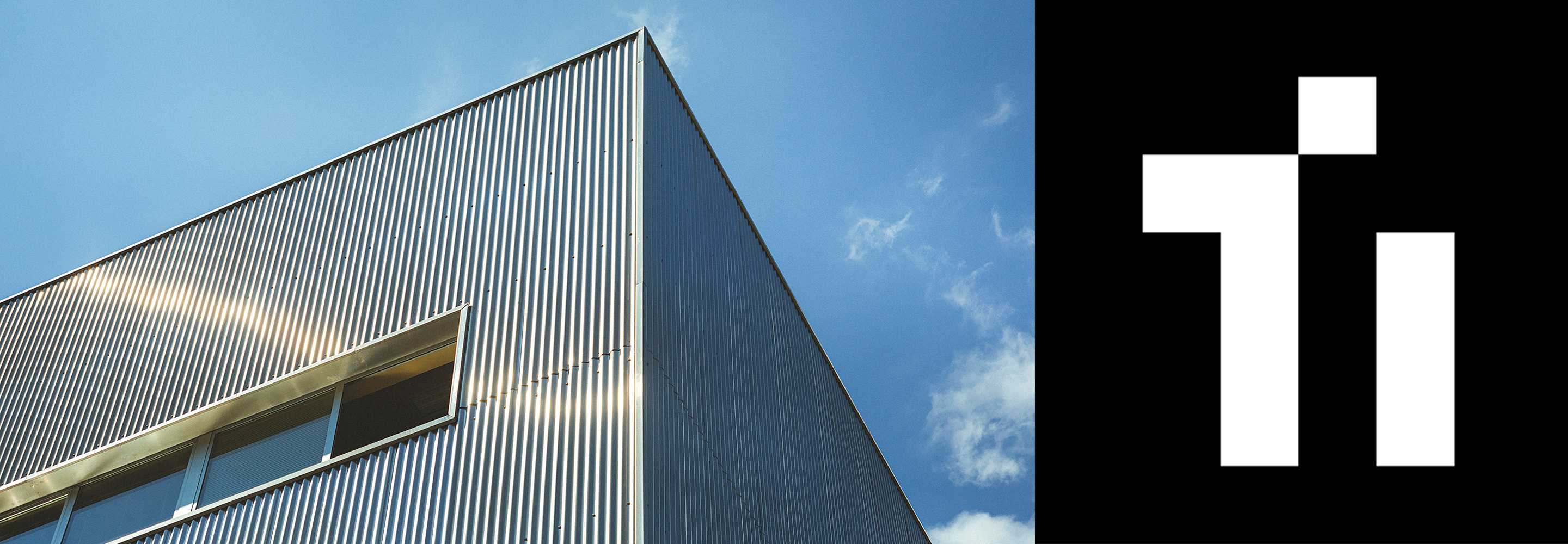
Architectures and Circuits for Neural Recording Interfaces
Interfacing brain and machines involve recording neural signals, extracting information from them and applying stimulations in closed loop. Applications are huge: from therapies for epilepsy and other kind of brain seizures to the control of prosthesis. Challenges are enormous and truly multi-disciplinary: including, design of ultra low-noise microelectronic circuits with minimum power budget, energy scavenging, bio-compatibility, compressive sensing, etc. This talk identifies critical challenges and overviews proposed solutions. Discussions are illustrated with actual circuits tested in animals in collaboration between the Institute of Microelectronics of Seville, the University of Seville and the Institute of Bioengineering of the School of Medicine of the Universidad Miguel Hernandez.
Ángel Rodríguez-Vázquez (PhD, IEEE Fellow) is a Full Professor of Electronics at the University of Seville. His research is on the design of analog and mixed-signal front--ends for sensing and communication, including smart imagers, vision chips and low-power sensory-processing microsystems. He has authored 11 books, 36 additional book chapters, and some 150 journal articles in peer-review specialized publications. He has presented invited plenary lectures at different international conferences and has received a number of awards for his research. He has always been looking for the balance between long-term research and innovative industrial developments. He co-founded AnaFocus Ltd. in 2001 on the basis of his patents on vision chips and served as CEO, on leave from the University, until June 2009, when the company reached maturity as a worldwide provider of smart CMOOS imagers and vision systems-on-chip. He has served as Editor, Associate Editor and Guest Editor for different IEEE and non-IEEE journals, is in the committee of several international journals and conferences and has chaired several international IEEE and SPIE conferences.
On-site event
/events/architectures-and-circuits-for-neural-recording-interfaces
events_en